How sky-high inflation is evaporating Americans' savings, imposing 'cruelest tax' on the poor
Historical efforts to combat inflation have been accompanied by further anguish.
The sneaky sting of inflation is catching many Americans by surprise as soaring prices erode their savings and prompt major sticker shock at the supermarket, gas pump and seemingly everywhere they look.
Rapidly rising prices have become a major new wellspring of anxiety for American families. Some 3 in 10 Americans said everyday bills (15%) or inflation specifically (14%) was the single biggest concern facing their family right now, according to a Monmouth University poll released last month. This is nearly double the 16% of Americans naming rising prices or household bills as their biggest concern last July, and more than triple the 8% who named household bills as their top concern in August 2020.

Government data indicates consumer prices last month jumped at their fastest pace since 1982 -- the tail-end of an agonizing period in the U.S. economy when out-of-control inflation forced policymakers to orchestrate a steep correction that resulted in a recession and double-digit unemployment rates.
Many who remember this painful historical era are now retiring, and research reveals that peoples' expectations about inflation are mostly shaped by their experience of it. This results in a "substantial disagreement between young and old individuals in periods of highly volatile inflation," economists at the University of California, Berkeley, and the University of Chicago, wrote in a 2014 paper. It also suggests a majority of consumers are now unsure of how to navigate inflation or may be less aware of its broader dangers.
Here is how experts say inflation is eroding Americans' cash and how they can brace themselves for what might come next as policymakers seek to anchor in the surging prices.
Savings dissolving as those with no cushion get crushed by so-called 'cruelest tax'
Inflation, defined by the Federal Reserve as increases in the overall prices of goods and services over time, means that Americans are going to have to pay more money than they are used to for their essentials and other expenses.
While the ascending price tags can be a more obvious sting, rising inflation can also impact the value of savings accounts for those who have been able to practice financial prudence in building up a rainy day or retirement fund.
Many Americans were able to save over the course of the pandemic thanks to fiscal support and the fact that COVID-19 shuttered businesses and urged people to stay at home rather than spend on the services they used to go out for, according to Wells Fargo Senior Economist Sarah House.
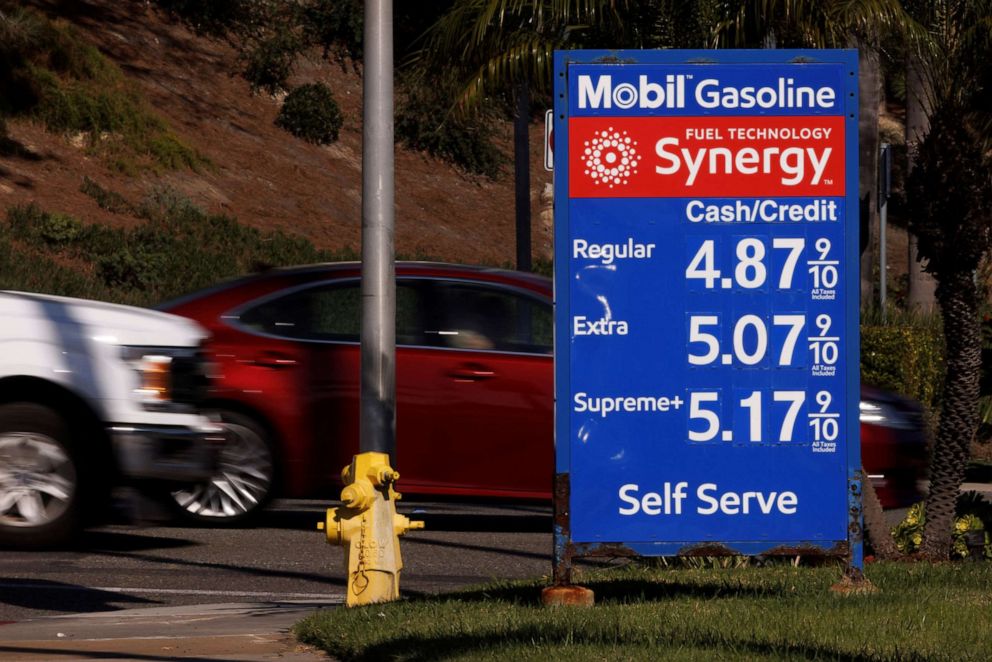
"But that financial cushion is getting whittled away more quickly. Given these elevated rates of inflation, that savings isn't stretching as far," House told ABC News.
Chester Spatt, a professor of finance at Carnegie Mellon University and former chief economist and director of the SEC's Office of Economic Analysis, added that rising inflation suggests that Americans' "spending power, potentially, is going to decrease quite substantially."
If inflation is rising at a clip of 7%, and your savings account offers interest rates of some 0.5% (or even an enviable higher-yield 1% rate), then "that spending power might decline by about 6%," Spatt told ABC News.
This means for those with $1,000 saved up, their financial buffer might actually be closer to $940 as inflation at its current pace eats into that money. For those with $10,000 saved up, they might expect to see about $600 seemingly evaporate from that nest egg -- without even touching it.
For Americans who are living paycheck to paycheck, the impacts of inflation can be even more devastating. Federal Reserve Chair Jerome Powell warned lawmakers on Tuesday that high inflation takes a toll "particularly for those less able to meet the higher costs of essentials," such as food, housing and transportation.
"People sometimes talk about inflation being kind of 'the cruelest tax' that really hurts poor people disproportionately, and I can see that certainly to be the case," Spatt told ABC News.
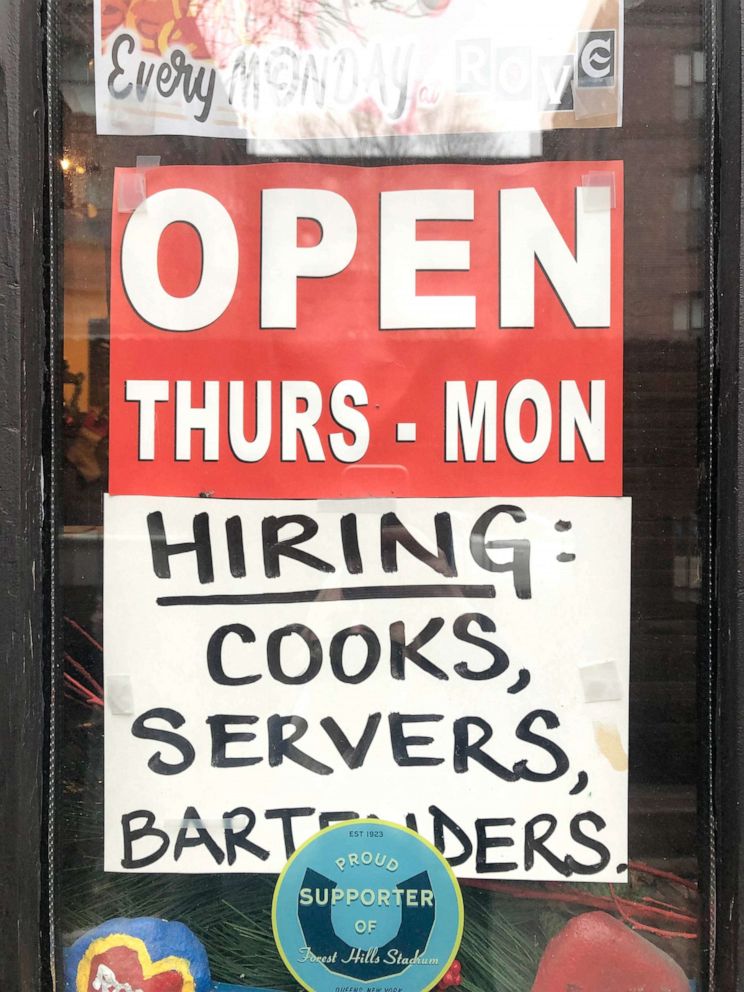
Ultimately, the historically high inflation we are seeing now is becoming impossible for consumers to ignore, House added.
"When you're seeing roughly 2% price increases, it's kind of running in the background, that 2% number is by design," House said of the past. "But when we are seeing 5, 6, 7% inflation, it's hard for consumers not to notice, and that begins to affect how they think about their decisions, including what they're asking for in terms of wages out of a job."
Asking for higher wages is generally a good thing, but during times of inflation, those who were working during the 1970s and '80s know it can also be linked to further skyrocketing prices -- and at the broader level, throw a wrench into efforts to rid inflation from the economy as a whole.
Policies to combat inflation have historically carried painful consequences
Inflation historically has been extremely difficult to eradicate, and past efforts to do so by the government and policymakers have sometimes been accompanied by painful consequences.
At the same time, the inflation we are seeing now is being fueled by vastly different circumstances than in the past, specifically supply-demand imbalances spurred by a global pandemic and the fiscal and monetary policies that buoyed the economy during the unprecedented health crisis.
As supply chains recover from pandemic shocks and reach of pandemic-era stimulus policies wanes, many remain hopeful that this will help ease inflationary pressures.
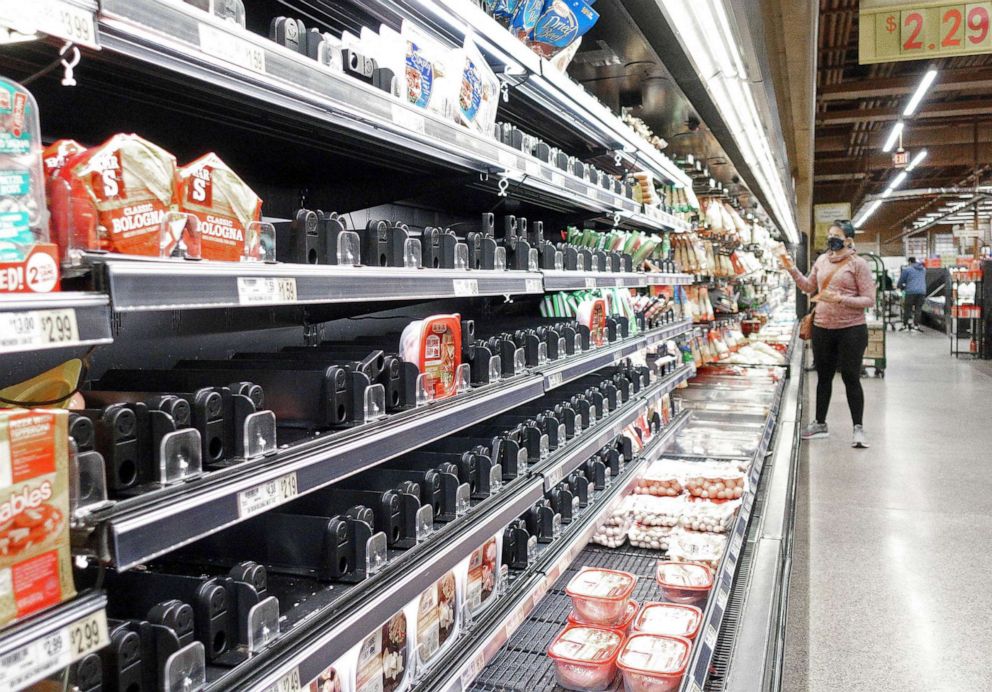
Economists also note that policymakers now have the lessons from the past to glean how best to respond to inflation.
During "The Great Inflation" period of the 1970s and early 1980s, the most-recent inflationary period that those on the cusp of retirement are warning their children about, inflation snowballed out of control as prices climbed and workers in turn asked for higher wages -- creating the economic phenomenon now referred to as the "wage-price spiral."
Wages are again increasing at headline-making rates, as major companies -- especially in the service industry -- report struggles to attract and retain staff.
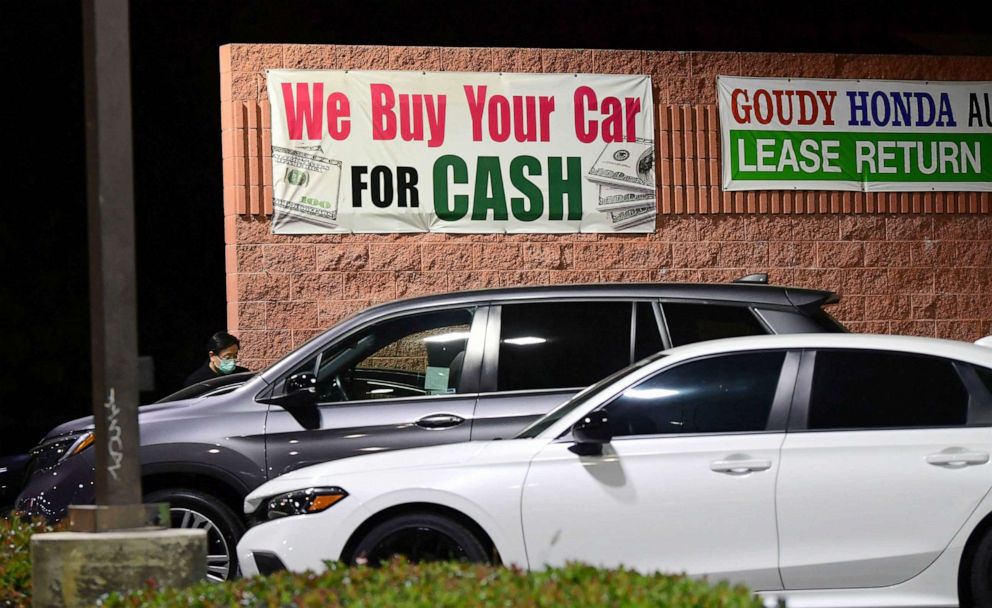
"We are in a tight labor market," House told ABC News, meaning workers are "able to flex some of that clout a little bit more, and extract some more wage increases" from their employers.
"We're seeing this filter into inflation expectations to some extent; we're also seeing it filter into wages, and so I think that'll be key in the year ahead as to how much inflation comes down," House said. "We are expecting it to recede, given the unwinding of some of these pandemic distortions -- but I think now that we're seeing more pressure coming from wages in the labor market, it's going to be harder to cool off."
As a result, House said she expects the Fed "to step in a little more aggressively" than they may have initially planned to help anchor inflation.
This will likely manifest in interest rate hikes, which the Fed has already signaled will likely occur three times in 2022, and a more rapid end to pandemic-era monetary policies that flushed financial markets with liquidity.

These actions can help cool off inflation and uncertainty, House said, because "it will send a signal to markets, to consumers, to businesses, that they are on top of that, that they are watching inflation numbers and they do not want to let this get out of hand, or at least further out of hand."
"That signal will help anchor inflation expectation and that can have an influence on further price setting, whether that's for goods, services or for labor," she added.
Looking back at history, the Fed was seen as initially behind the curve and slow to raise interest rates in the '70s to respond to inflation -- before announcing a shockingly sudden federal funds rate increase of almost 20% in 1980. Those who held bonds directly or through retirement accounts subsequently suffered huge losses, and real interest rates also soared. The move ended up having ripple effects that devastated the overall economy, as well as the stock market.
"The difference here is that we do have some forces that I think will help bring down inflation on its own," House said when comparing the present to late-'70s inflation, such as the waning pandemic-era fiscal support that boosted consumer demand and shifting patterns on how consumers are spending their money.
"It's a fine line for monetary policy to walk, between not choking off a recovery or an expansion and also not letting it overheat to the point where you have further pain down the road," she said.
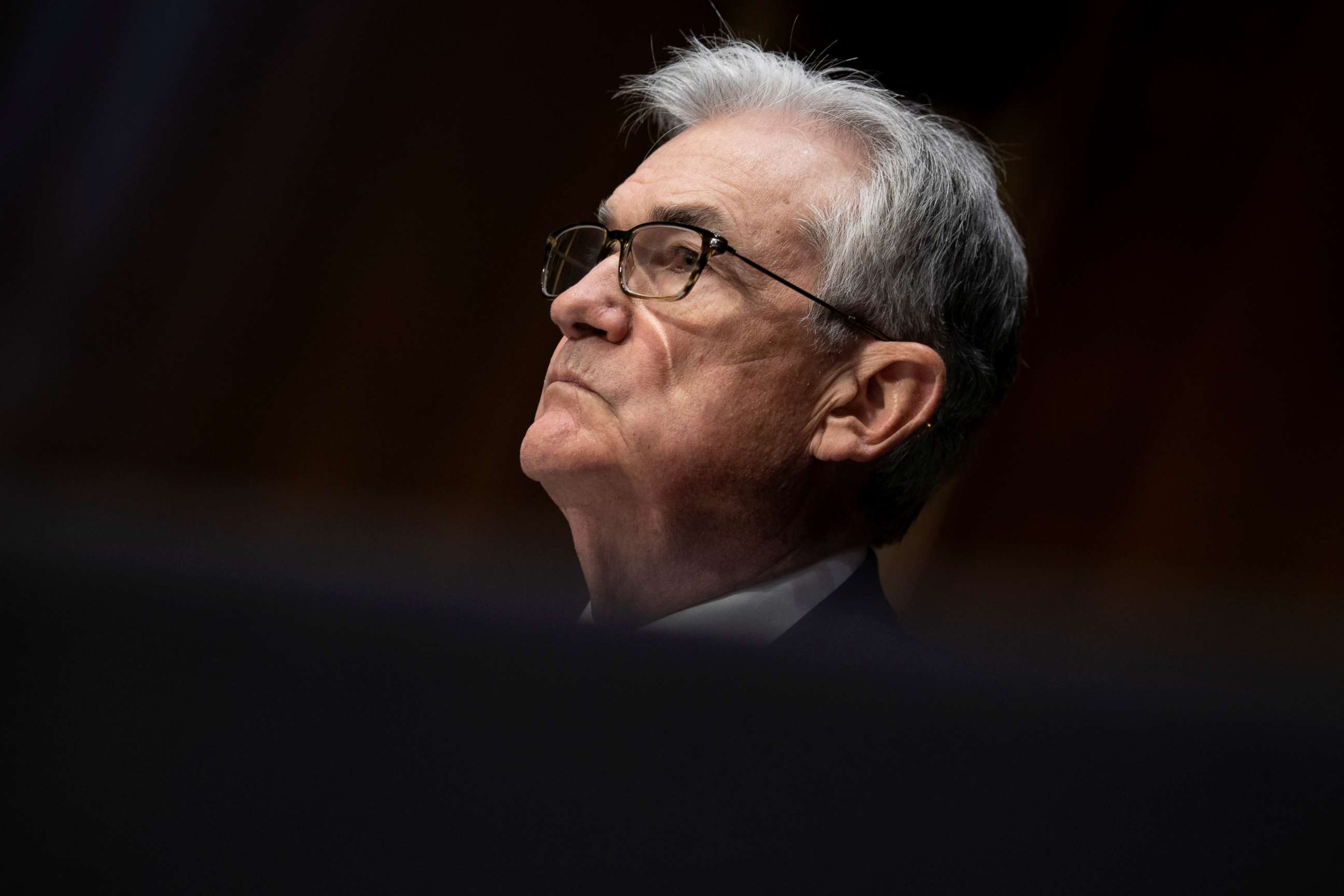
There are also only so many tools at the Fed's disposal, she noted, saying the Fed can't manufacture semiconductor chips or do much to address the beleaguered global supply side of the equation.
In figuring out how to best anchor inflation without triggering an economic downturn, simply put, House said the Fed is "not in a very enviable position."
So how can Americans protect their hard-earned cash?
At the individual level, meanwhile, Carnegie Mellon's Spatt warns there is very little consumers can do on their own to tackle inflation as a whole once it takes root in the economy.
"Individuals can, of course, try to make the best decisions that they can to watch out for themselves," Spatt said. "To the extent that they see opportunities for higher wages, obviously, they should go for those. To the extent that they see prices that haven't yet moved up, but they think are going to move up, they might want to lock in their purchases."
To protect their savings, Americans "might want to consider, or might be more open to, buying bonds or buying equities," Spatt added.
Uncertainty brought on by inflation has traditionally been bad news for the stock market, but at the same time stocks have also been a good source historically for investors looking to grow wealth over the longer term. While there is potential to guard against inflation with sound stock investments (and conversely to further deplete savings with investments that go down in value), going this route comes down to personal risk tolerance and financial goals.
Other savings vehicles that "may be a little bit better than bank accounts" in regards to inflation are inflation-protected government savings bonds, according to Spatt.
"At least in the near term, those [Series] I Bonds are offering extraordinary rates, about 7% because of the current levels of inflation," he added.
These are capped at relatively modest levels, he noted, but said he still views them as a "terrific kind of low-risk type of inflation hedge of a different kind than investing in equity."
Investors can also protect themselves from inflation by purchasing Treasury Inflation Protected Securities, or TIPS, which were not around during the '70s and also have interest rates adjusted for inflation.
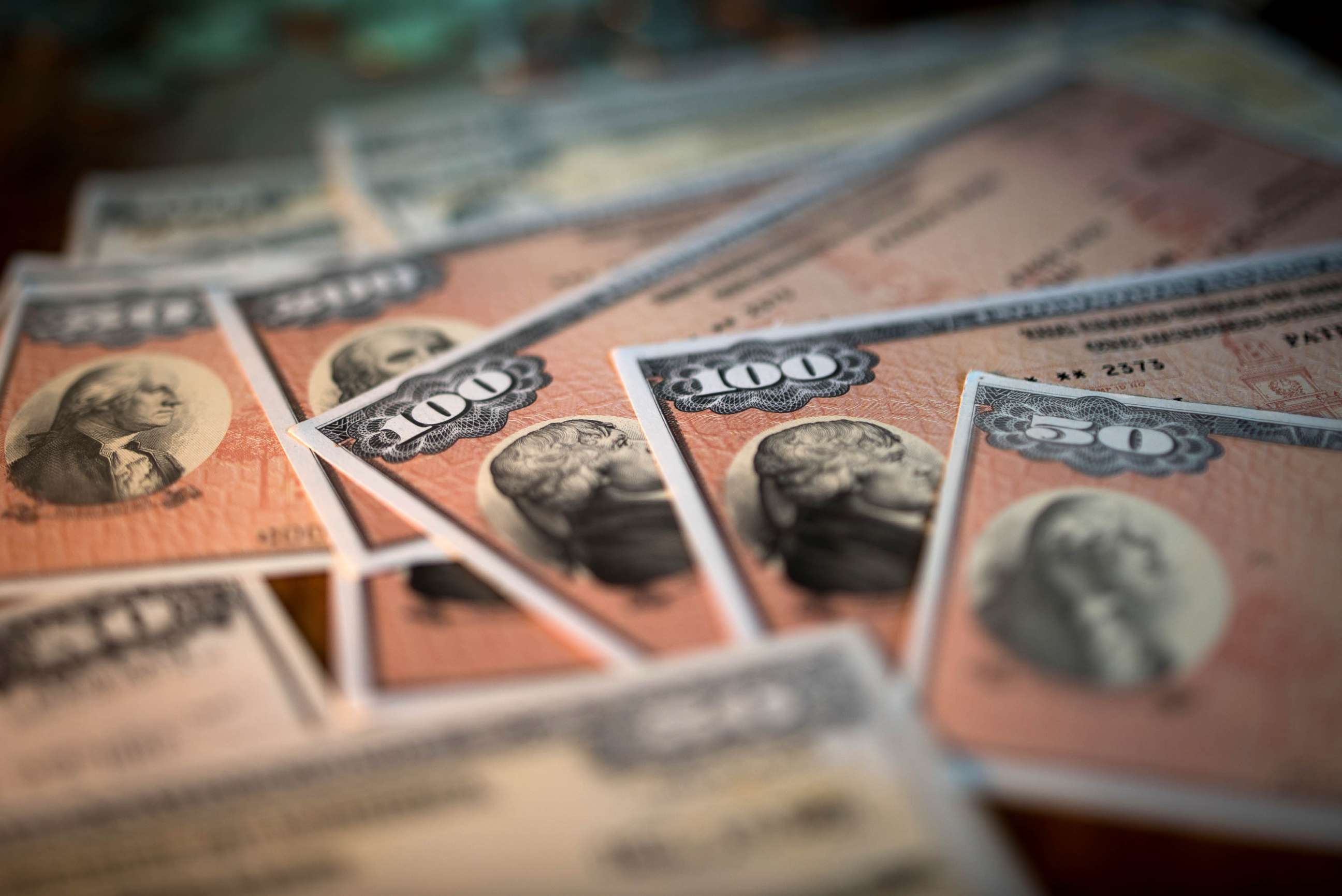
The Treasury has a useful breakdown for Americans comparing I Bonds and TIPS on its website.
As inflation tightens its grip on the economy and previous assurances from policymakers that it is "transitory" have gone out the window, Spatt said Americans should now recognize "prices are going to change over time, and they're going to change adversely."
People should keep this in mind when doing their shopping and financial planning, and then assess based on individual needs, options and goals how they can best adapt to this ever-evolving economic reality.
At the broader level, however, Scott warned inflation's unwelcome return to the U.S. economy presents "a tremendous problem."
"When you think about the policies that may be followed to stamp out the inflation, they may actually bring the economy into recession; that may be necessary like it was in the 1980s," Spatt said. "It's not easy to knock it out of the economy; this is one of the lessons of the 1980s."




